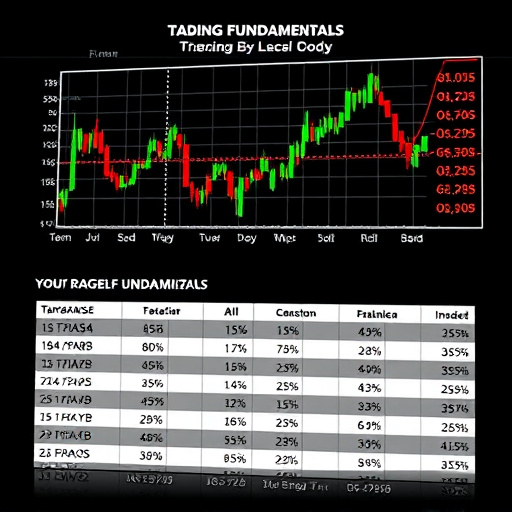Stop Loss Orders are automated tools that sell securities at a predefined price to limit potential losses, crucial for navigating volatile markets or long-term positions. Advanced techniques involve dynamic stop loss placement and trailing stops to lock in gains, empowering investors with risk management strategies and enabling informed decisions for successful investments.
Navigating the markets with confidence requires a solid understanding of stop loss orders. These powerful tools allow investors to protect their portfolios by automatically selling assets at a predetermined price, limiting potential losses. In this article, we’ll demystify stop loss orders and explore advanced strategies for effective management. From setting trigger points to diversifying your portfolio, discover expert tips to optimize your stop loss techniques and enhance overall investment performance.
Understanding Stop Loss Orders: The Basics

Stop Loss Orders are a crucial risk management tool for investors, providing a strategic way to limit potential losses on an investment. At its core, a stop loss order instructs your broker to automatically sell a security when it reaches a specific price, designed to protect against significant drops in the asset’s value. This simple yet powerful mechanism is particularly vital for those investing in volatile markets or holding positions over extended periods.
By setting a stop loss, investors can define their risk tolerance and ensure they don’t incur substantial losses if the market moves against them. It offers a sense of security, knowing that potential drawbacks are capped. This order is executed discreetly, often behind the scenes, making it an efficient way to navigate market fluctuations without constant monitoring.
Advanced Strategies for Effective Stop Loss Management

In the realm of investing, managing risk through strategic stop loss placement is an art that advanced investors master. Beyond the basic understanding of limiting potential losses, there are intricate techniques to enhance their effectiveness. One such strategy involves dynamic stop loss adjustments based on market conditions and individual stock behavior. This approach requires constant monitoring and a keen eye for trends, allowing investors to tweak their stops as prices fluctuate, ensuring they capture profits while minimizing damage during volatile periods.
Another advanced technique is the use of trailing stops, which move along with the stock price, locking in gains as it rises. This method is particularly useful for long-term holders who want to secure profits without missing out on potential upside. By employing these advanced stop loss strategies, investors gain a competitive edge, enabling them to navigate the market’s uncertainties and make informed decisions that contribute to their overall investment success.
Implementing effective stop loss strategies is a key skill for investors aiming to protect their portfolios. By understanding basic stop loss orders and exploring advanced techniques, investors can navigate market volatility with confidence. These tips empower investors to make informed decisions, mitigate risks, and seize opportunities, ultimately enhancing their overall investment journey. Remember, a well-placed stop loss order can be a powerful tool in any investor’s arsenal.
